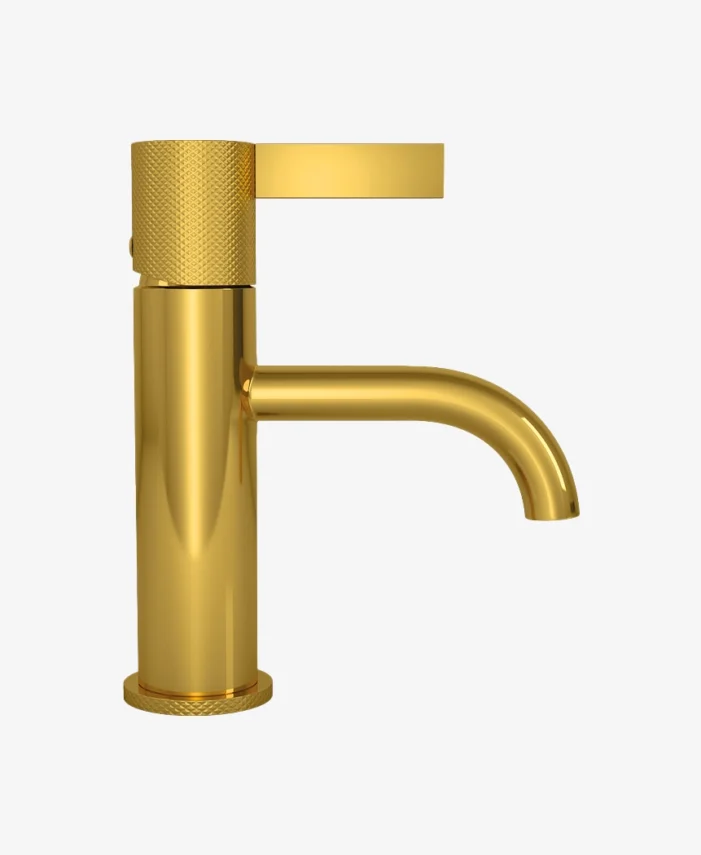Health Faucet
$100.00
Lorem ipsum dolor sit amet, consectetur adipiscing elit. Ut elit tellus, luctus nec ullamcorper mattis, pulvinar dapibus leo.
| Finish | Hublet Gold, Hublet Nickle Polish, Hubllet Chromed |
|---|
SKU N/A
Category Hubb
Related Products
-
Product added! Browse wishlist
-
Product added! Browse wishlist
-
Product added! Browse wishlist
-
Product added! Browse wishlist
-
Product added! Browse wishlist
-
Product added! Browse wishlist











